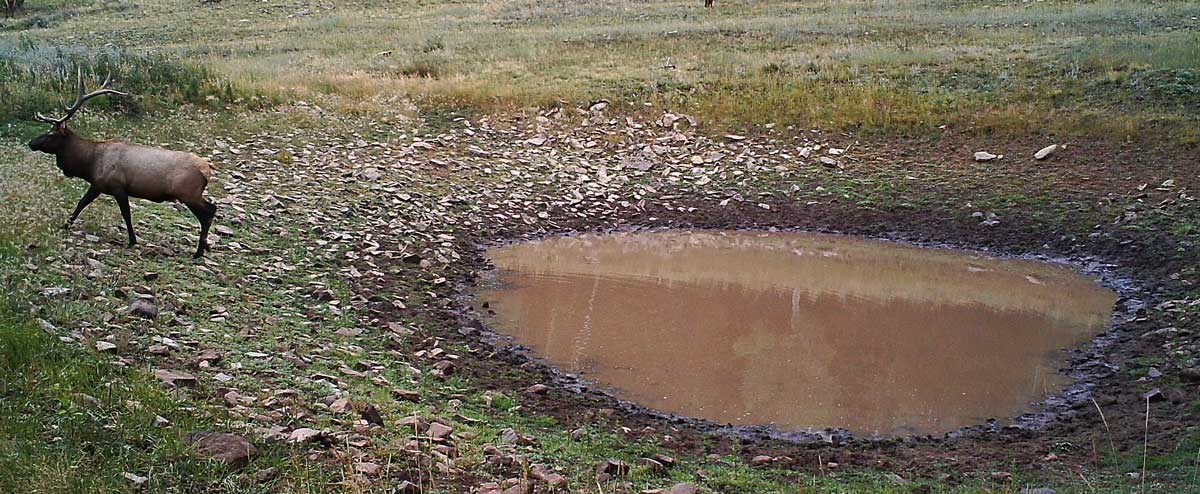Elk leave a bit of themselves behind every day. It’s important to know how fresh or old that sign is when you come across it in the fall. Here’s a quick list of what may or may not mean an elk is waiting beyond the next rise.ScatIf you’re in elk country, then you’re going to run into elk droppings. The key is knowing how long those mementos have been on the ground. Assuming you already know the difference between elk, deer and moose scat, fresh (minutes to a couple hours) elk piles will glisten with moisture and smear when you drag a boot across them. Older piles will be frozen together and have ice crystals under the pellets if the weather is below freezing. Depending on an elk’s diet, a cow’s scat will be tapered at both ends, while a bull’s will have dimples. WallowsBowhunters just love a good wallow. In reality, a wallow can be a waste of time if it’s not being utilized—and that’s all too frequent in big country. In addition, bulls will use it in the dead of night if they’re feeling pressured. To know if a wallow is fresh, check the tracks in the mud. If they are crusty and hard, it’s been a while since the tracks were made. Soft and mushy is what you want. Does the wallow smell like a rutty bull? If the water is clear, the sediment has settled and it hasn’t been used in a while. A murky wallow is a good sign. Check for fresh rubs in the vicinity. If there’s an active game trail and fresh rub trees leading to it, chances are it’s an active wallow. BedsTo learn what makes up a herd, study their beds. Neither sex has a problem with wetting the bed once they’re on their feet—a bull will pee toward the middle and a cow will urinate at one end. Think anatomy. If there’s snow, take note of how many beds are around. Are some beds small, indicating calves? If it’s late in the season, the mature bulls may have moved on to bachelor herds and not be anywhere near the ladies. RubsA torn up shrub or a gouged thigh-sized lodgepole makes hunters smile. To get velvet off their antlers, bulls will often choose a solid tree to buff their headgear. When the rut ensues, they typically look to smaller saplings and beat the sap out of them to show dominance. Focus in on the saplings area. TracksTo me, these are the best indicators for an elk’s sex, age, state of mind, direction and likelihood of being close by—or not. If you cut tracks in fresh snow or mud, take note of the size, shape and texture of the track. A bull’s front hoof tracks are rounder, wider and bigger than a cow’s, whose track will have a thinner, more pointed front.
If the tracks are meandering or circling back it means the elk are looking to bed down, so you should slow down. If the tracks are single file and moving with a purpose, you should get moving too. If debris is kicked up around the fresh tracks, then they likely winded you and have high-tailed it to safer cover.
For all of the signs that elk leave behind, always keep in mind weather and wind. A steady drizzle is going to affect how fresh scat looks. And if an area smells like elk, then they likely have already moved upwind from your position. Variables are always at play in elk country. The key is putting them together to balance the odds in your favor.
